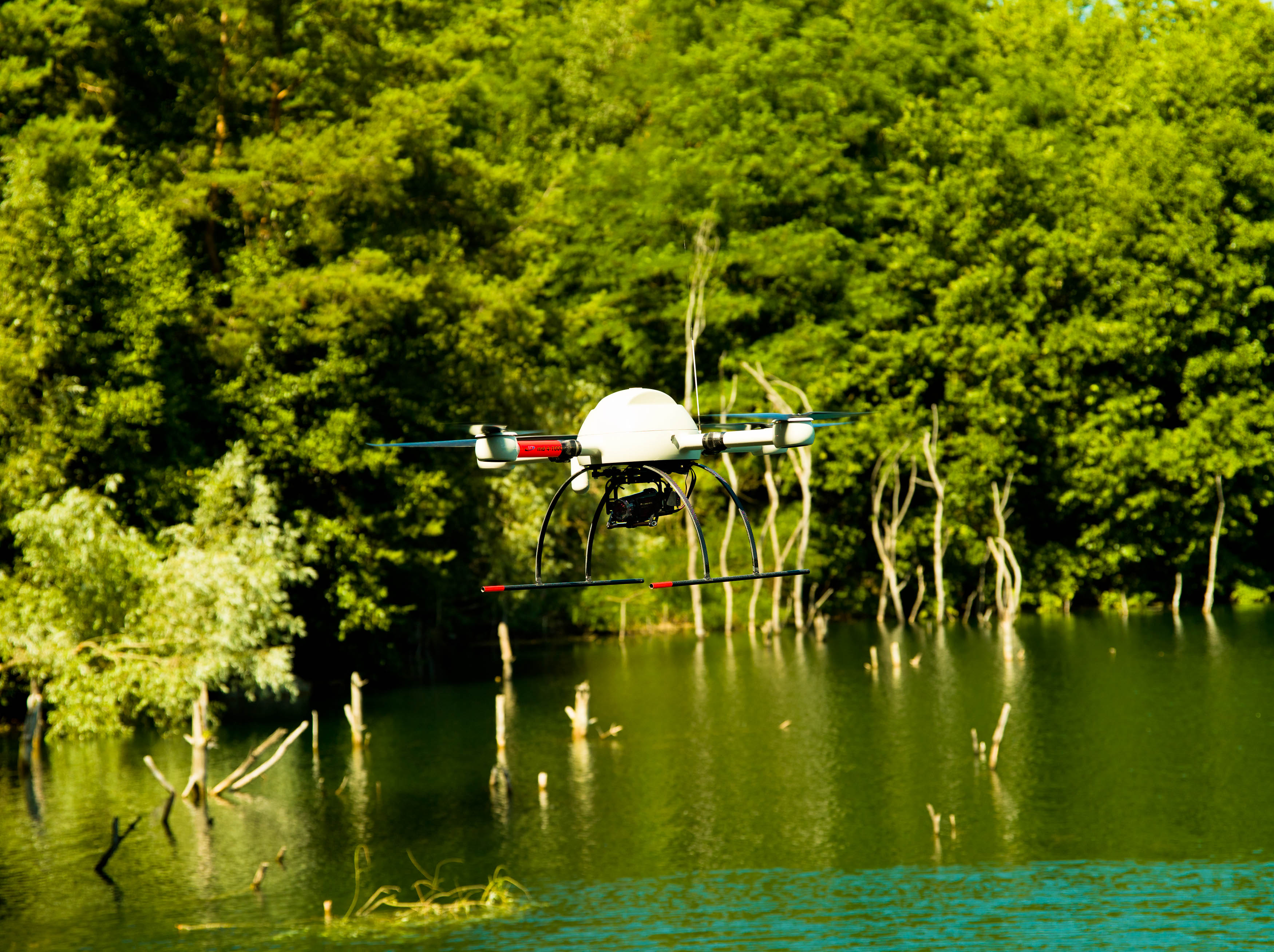The Role of Technology in Environmental Restoration: Innovations and Applications
As the urgency to restore and protect our environment grows, technology has emerged as a powerful tool in environmental restoration efforts. From monitoring and analysis to innovative solutions, technology plays a pivotal role in driving sustainable practices and restoring ecosystems. In this blog, we will explore the significant role of technology in environmental restoration, highlighting innovative applications and their potential to address environmental challenges.
Remote Sensing and Monitoring:
Remote sensing technologies, such as satellite imagery and drones, provide valuable data for environmental monitoring and assessment. These technologies allow for real-time monitoring of land cover changes, deforestation, and ecosystem health. Remote sensing helps identify areas in need of restoration and enables effective planning and resource allocation.
Big Data and Analytics:
The advent of big data and advanced analytics has revolutionized environmental restoration efforts. By processing vast amounts of data, algorithms can analyze and identify patterns, enabling more accurate predictions and informed decision-making. Big data analytics help in understanding ecosystem dynamics, identifying restoration priorities and assessing the effectiveness of restoration interventions.
Precision Conservation:
Technology allows for precision conservation, optimizing resource use,
and maximizing restoration outcomes. Geospatial mapping, GPS, and Geographic Information Systems (GIS) help identify and target specific areas that require restoration, ensuring the efficient allocation of resources. Precision conservation techniques minimize costs, reduce environmental impacts, and enhance the success of restoration initiatives.
Innovative Solutions for Sustainable Practices:
Technology offers innovative solutions to address environmental challenges. For example, advancements in renewable energy technologies, such as solar panels and wind turbines, contribute to reducing carbon emissions and promoting clean energy sources. Additionally, the development of bioengineering techniques, such as artificial coral reefs and vertical farming, fosters ecosystem restoration and sustainable food production.
Citizen Science and Engagement:
Technology has facilitated citizen science initiatives, empowering individuals to contribute to environmental restoration efforts. Mobile apps and online platforms enable citizens to collect and share environmental data, participate in restoration projects, and engage in conservation activities. Citizen involvement enhances community awareness, encourages collective action, and creates a sense of ownership in environmental restoration.
Conclusion:
Technology has become an indispensable tool in environmental restoration, enabling data-driven decision-making, precision conservation, and the development of innovative solutions. Remote sensing, big data analytics, precision conservation, and citizen science all contribute to more effective restoration practices. Embracing technology in environmental restoration efforts allows us to address environmental challenges with greater efficiency, creativity, and collaboration. By harnessing the power of technology and integrating it with sustainable practices, we can accelerate the restoration of ecosystems, mitigate climate change, and pave the way for a more sustainable future.

This is very informative and I wasn't aware of how much we have advanced technologically.
ReplyDeleteTechnology can do big changes in this requirement of environmental betterment
ReplyDeleteNicely explained
ReplyDelete